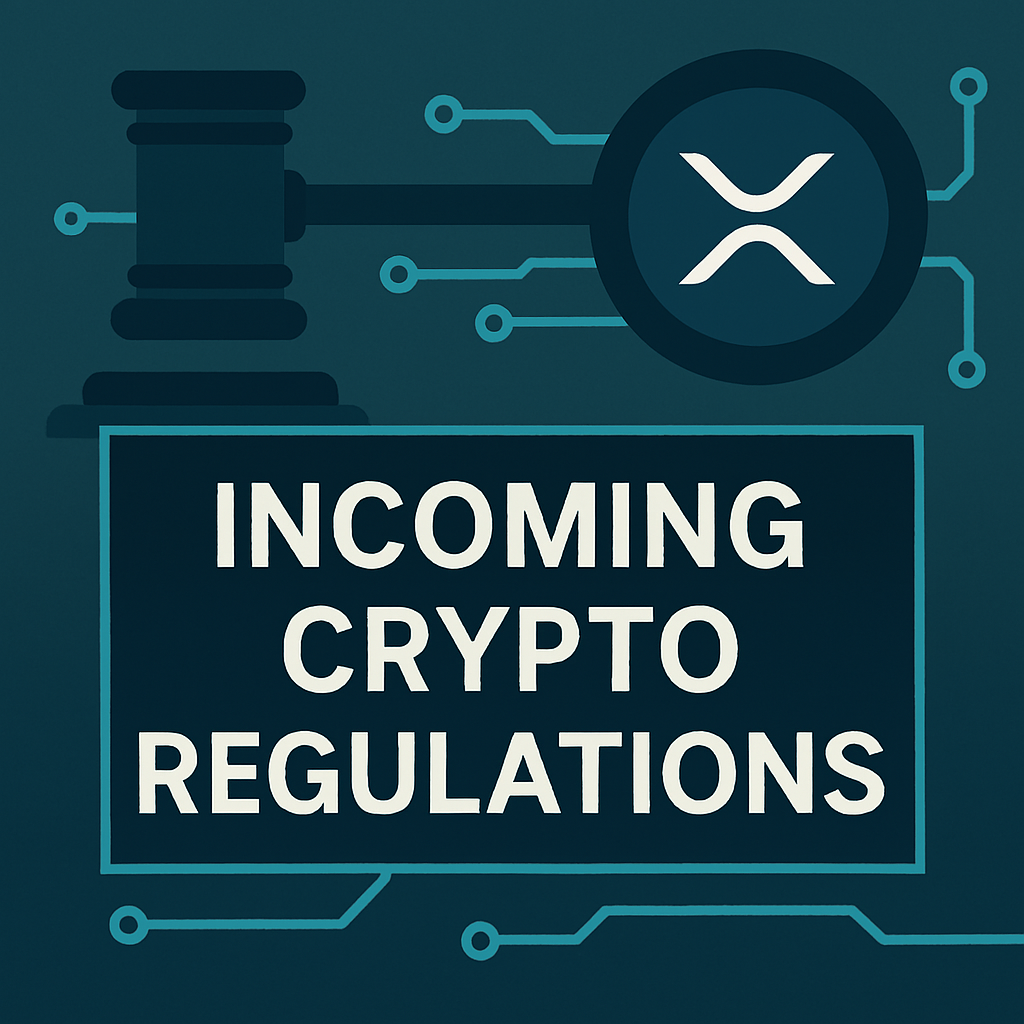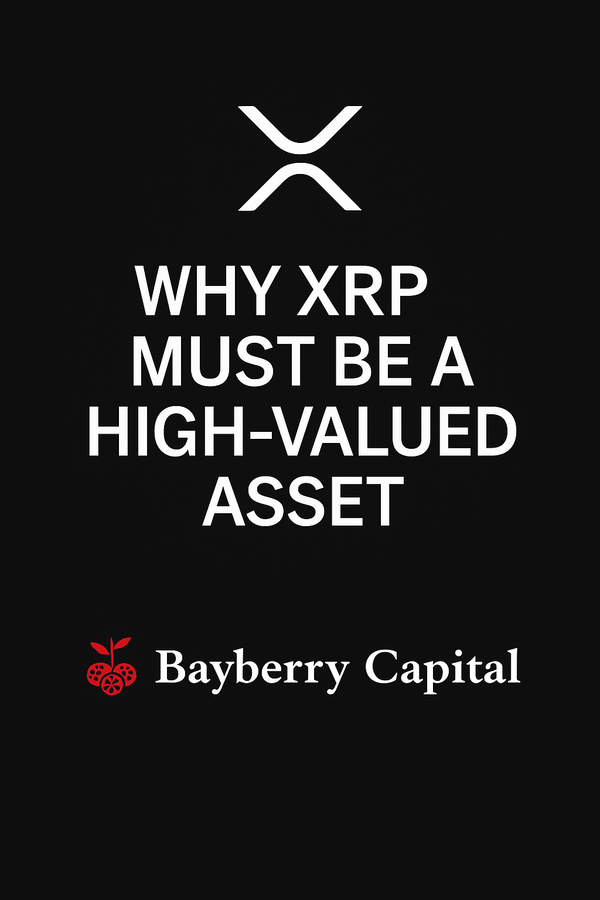Why Incoming Crypto Regulations Are Crucial for Market Growth and Mass Adoption

The landscape of cryptocurrency regulation in the U.S. is evolving rapidly, and while regulation might sound daunting to some, it’s essential for the future of digital assets. Right now, several pivotal bills are making their way through Congress, each aimed at bringing clarity and structure to a market that has, for too long, operated in a gray area.
Here’s why these regulations are not just necessary but beneficial for market growth and mass adoption.
The Bills Shaping Crypto’s Future
One of the most significant pieces of legislation on the table is the STABLE Act, which focuses on regulating stablecoins – cryptocurrencies pegged to stable assets like the U.S. dollar. This bill aims to make stablecoins more transparent and accountable, requiring issuers to adhere to strict disclosure requirements. The goal is to ensure that consumers know what they are investing in and to protect against systemic risks that might arise from non-financial entities issuing these coins.
By putting guardrails around stablecoins, the government aims to make them safer for everyday use. This is crucial because stablecoins are the gateway for many new users entering the crypto world. Without a clear regulatory framework, the risk of misuse or manipulation remains high.
The Financial Innovation and Technology for the 21st Century Act, or FIT21, is another significant step forward. It aims to define which regulatory body – the Commodity Futures Trading Commission or the Securities and Exchange Commission – has authority over specific types of digital assets.
This distinction is crucial for innovation. By clearly establishing regulatory responsibilities, the FIT21 Act will eliminate much of the current confusion and reduce the regulatory burden on blockchain developers and crypto companies. It’s a win for businesses and consumers alike, as it sets the stage for more consistent and transparent market practices.
One particularly exciting development for XRP holders is the growing recognition of XRP’s utility in cross-border payments and financial settlement. With regulatory clarity, XRP can thrive as a bridge currency, offering fast, cost-effective transactions between fiat currencies. This positions XRP not just as a speculative asset but as an integral part of the future financial infrastructure.
To address concerns over money laundering and illicit activities, the CANSEE Act proposes extending existing financial regulations to cover decentralized finance services and virtual currency kiosks.
This move aims to reduce the misuse of crypto for illicit transfers while still allowing innovative DeFi projects to thrive under a clearer regulatory framework. By cracking down on bad actors, the legislation fosters a safer environment for all participants.
Why Regulation Matters for Growth and Adoption
Clear, consistent regulations are critical for the sustainable growth of the crypto market. They provide businesses and investors the confidence to engage with digital assets, knowing there are established guidelines and protections.
Without regulatory clarity, crypto projects risk legal ambiguity, which can stifle innovation and scare away institutional investors. On the other hand, well-defined rules promote trust, both from users and from the broader financial ecosystem.
For XRP, regulatory certainty is especially vital. Once clear guidelines are in place, financial institutions and payment providers can integrate XRP more confidently, leveraging its speed and low transaction costs for real-world use cases. This could significantly boost liquidity and adoption, establishing XRP as a go-to solution for cross-border transactions.
Regulation also plays a vital role in mass adoption. By addressing concerns around consumer protection and financial stability, these legislative measures enhance the legitimacy of cryptocurrencies. As a result, more businesses, payment platforms, and financial institutions will feel comfortable integrating crypto into their offerings.
The Road Ahead
It’s understandable that the idea of regulation can feel like a setback to some in the crypto community. However, these new laws are not about stifling innovation but about creating a foundation for sustainable growth.
The more transparent and reliable the market becomes, the more it will attract serious investment and everyday users. Rather than fearing regulation, the crypto space should welcome it as a path to broader acceptance and long-term viability.
For XRP, this regulatory clarity could be the key to unlocking its full potential as a global liquidity tool. As the market matures, we’ll likely see XRP’s utility shining through, proving that clear guidelines and innovation can coexist.
Let’s keep an eye on these developments and recognize that while regulation might seem restrictive at first, it’s actually the key to unlocking the next phase of crypto’s evolution.





